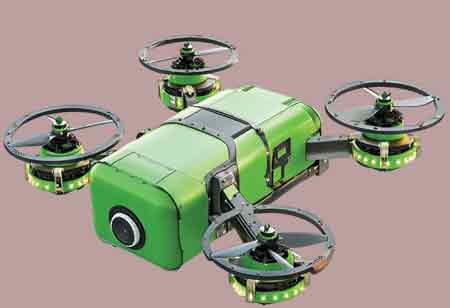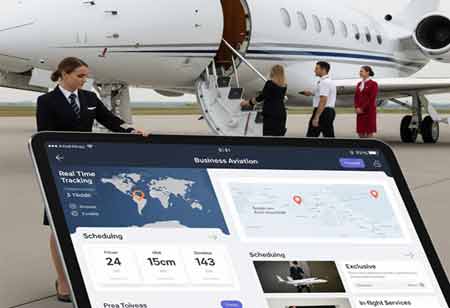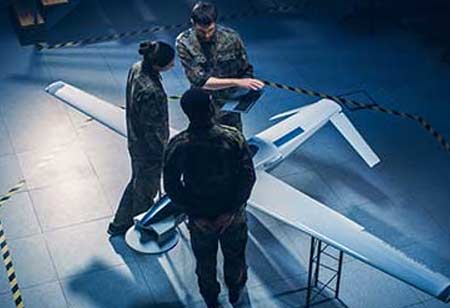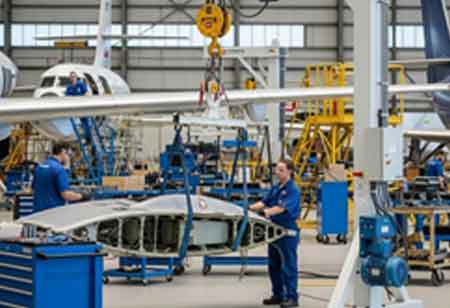The evolution of unmanned technologies has been remarkable, progressing from experimental concepts into vital tools across various sectors. Autonomous vehicles, delivery drones, and unmanned aerial vehicles for rescue and firefighting services have become an integral part of contemporary infrastructure. However, these technologies are particularly significant in the military sphere, where they set standards and direction for future civilian applications.
A critical direction in the evolution of these systems is their integration into coordinated groups or ‘swarms.’ As the development of software to support swarm technology for military applications progresses, it is essential to address several critical requirements that ensure not only functionality but also security, resilience against interference, and high autonomy.
Reliability and resilience must be at the core of this software, allowing it to withstand both software and hardware failures and recover quickly to maintain operational continuity. Security also needs to be a priority, requiring the incorporation of advanced encryption methods to safeguard data and commands. Furthermore, the software should feature adaptive protection mechanisms that respond dynamically to emerging threats, reinforcing its defense against unauthorised access.
To remain usable and versatile, the software should be modular and scalable, allowing for the seamless addition of new features and integration with diverse drone types and military systems. High performance is non-negotiable, ensuring precise coordination and synchronisation of drone actions, particularly in high-stakes scenarios.
Autonomy is another critical requirement, as each drone in the swarm must be capable of making independent decisions within mission parameters. The software should enable efficient task distribution among drones, ensuring collective functionality without constant operator input. It must also adapt to evolving mission conditions and environmental changes, maintaining effectiveness as situations shift.
For effective communication, the software should support multiple standards to ensure secure and reliable connections between drones. It must process sensor data from a variety of devices to create a comprehensive situational picture, enabling accurate decision-making. Artificial intelligence algorithms should underpin the system, leveraging machine learning for real-time data analysis and operational efficiency.
Resistance to electronic warfare is an operational necessity, requiring the software to remain functional despite active countermeasures. Energy efficiency must also be prioritised, with the software optimised to minimise power consumption while maximising drone endurance. Lastly, the system should be designed to support regular updates and maintenance, ensuring its long-term functionality and relevance.
Technical Overview of the SWARM Protocol
The SWARM protocol was designed specifically to overcome the challenges of modern swarm operations, ensuring stability, adaptability, and resilience in high-stakes environments, including electronic warfare scenarios. It incorporates advanced features to enhance operational efficiency and resilience in dynamic scenarios.
Operating Modes: The protocol supports multiple operating modes to adapt to various mission requirements. A standard mode facilitates everyday operations with balanced encryption and data exchange. For combat scenarios, enhanced encryption and higher data exchange rates are activated to prioritise critical information. In covert operations, data exchange is minimised while maintaining high encryption levels. The protocol can also generate electronic interference to counter enemy UAVs and safeguard allied forces.
Adaptive Encryption: SWARM employs adaptive encryption mechanisms to dynamically adjust the level of data protection based on environmental conditions. In high-threat scenarios, strong encryption methods like AES are used for maximum security. For less critical operations, lightweight encryption ensures faster data processing. Machine learning algorithms enable real-time threat analysis, allowing the system to balance speed and security effectively.
Network Topology: The protocol supports the automatic formation and restructuring of network topology in response to changing conditions. This ensures reliable connectivity and resilient communication, even when drones are added or removed from the swarm. Network optimisation minimises delays and improves overall reliability.
Multi-Channel Transmission: SWARM enables simultaneous data transmission across multiple channels, such as RF, Wi-Fi, and optical communication. This ensures reliable communication by bypassing interference and adapting to channel congestion. Automatic channelswitching mechanisms further enhance transmission stability in challenging conditions.
Context-Aware Routing: The protocol employs contextaware routing to optimise data transmission routes based on mission parameters. Machine learning models analyse factors like network load and signal strength to predict optimal paths, improving efficiency and minimising delays.
Incident Detection and Response: SWARM integrates advanced mechanisms for detecting and responding to security threats. Machine learning algorithms identify anomalies and classify incidents, activating protective measures when threats are detected. Backup communication channels and secure encryption algorithms are automatically implemented to maintain network integrity.
Disaster Recovery System: A disaster recovery system ensures network operability during failures. By monitoring potential issues and employing self-healing mechanisms, the protocol maintains functionality and minimises disruptions, even in critical situations.
The advancement of unmanned technologies continues redefining the possibilities of civilian and military operations. With the integration of sophisticated protocols and adaptive capabilities, these systems are poised to achieve greater autonomy, resilience, and efficiency. By using cutting-edge innovations and intelligent designs, swarm technologies can overcome complex operational challenges and ensure reliable performance in even the most demanding environments. As these developments progress, they will undoubtedly shape the future of unmanned systems, fostering innovations that benefit a wide range of industries.









